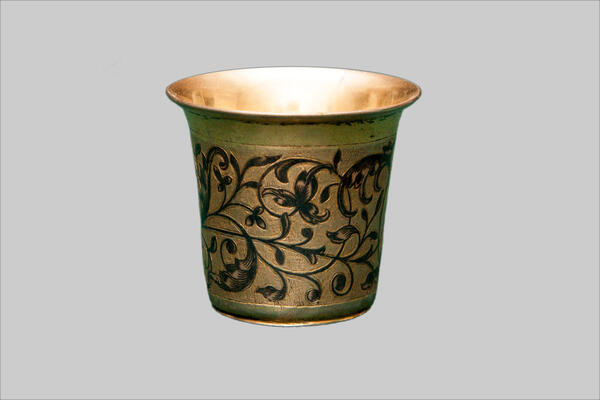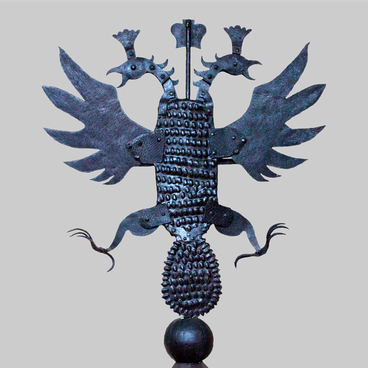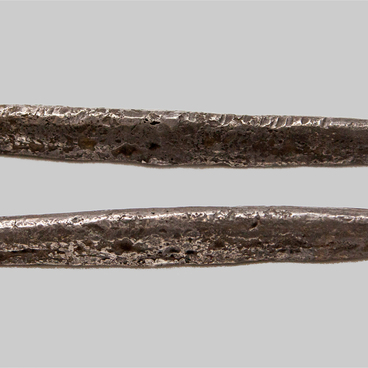A rouse is a vessel for drinking strong drinks, sometimes with a tray or a spherical stalk. A vessel of small size is called a little rouse. Rouses decorated with niello, enamel or calking were common in Russia in the 17th-18th centuries.
One of the famous rouse of the 18th century is considered to be a rouse, which was personally carved by Peter I from a walnut wart – an outgrowth on a tree. The Emperor gave it to the commandant of Moscow, Lord Matvey Gagarin, who later became the Siberian Governor. Lord Matvey Petrovich was awarded for organizing celebrations in Moscow to commemorate the victory of the Russian weapons at Poltava in 1709.
The rouse had a special significance in the army and navy of the Russian Empire. Peter the Great had bequeathed that every day a Russian sailor is entitled to a legitimate rouse of wine at the price of three and a half kopecks. It was believed that vodka and wine help to recover as soon as possible. From the decree of Peter the Great:
One of the famous rouse of the 18th century is considered to be a rouse, which was personally carved by Peter I from a walnut wart – an outgrowth on a tree. The Emperor gave it to the commandant of Moscow, Lord Matvey Gagarin, who later became the Siberian Governor. Lord Matvey Petrovich was awarded for organizing celebrations in Moscow to commemorate the victory of the Russian weapons at Poltava in 1709.
The rouse had a special significance in the army and navy of the Russian Empire. Peter the Great had bequeathed that every day a Russian sailor is entitled to a legitimate rouse of wine at the price of three and a half kopecks. It was believed that vodka and wine help to recover as soon as possible. From the decree of Peter the Great:



